Explore the hidden world of Bacillus cereus, a persistent and often-overlooked bacteria found in everyday meals. Learn how it thrives—from the unnoticed corners of your kitchen to the plate on your table. Understand the two distinct patterns of food poisoning it causes: one marked by nausea and vomiting, the other by persistent diarrhoea. Most importantly, discover the critical kitchen strategy of rapid cooling to stop this heat-resistant microbe from multiplying. Ready to take control and protect your meals from this silent threat?
Bacillus cereus Habitat: The Domino Effect on Food Safety
Before exploring the intricate details of Bacillus cereus, we recommend reading our foundational article on Gram staining and microbial characteristics. This essential background will help you better understand the sequential, domino-like flow of knowledge presented here.
Gram Staining and Microbial Properties: A Comprehensive Overview

Let's dive into the world of Bacillus cereus. Just as with other foodborne pathogens, understanding their habitat is key to comprehending their characteristics.
1.Habitat of Bacillus cereus
Bacillus cereus is predominantly found in soil but also thrives in water and on plant surfaces, making it a ubiquitous presence in natural environments.
2. Classification as a Gram-Positive Bacterium
Due to its terrestrial habitat, Bacillus cereus is classified as a Gram-positive bacterium.
3. Bacillus cereus as a Toxin-Producing Bacterium
As a Gram-positive bacterium, Bacillus cereus is known for producing toxins that cause food poisoning.
4. Growth in Natural Environments
As a naturally occurring microbe, Bacillus cereus can reproduce even at low temperatures, demonstrating remarkable resilience. This adaptability explains its ability to persist in diverse environments, including refrigerated food storage.
5. The Bacillus Genus
Belonging to the Bacillus genus, Bacillus cereus shares the traits of Gram-positive bacteria, including their adaptation to harsh environmental conditions such as fluctuating temperatures and dry surfaces. This genus is particularly notable for its survival strategies under extreme stress.
6. Heat Resistance and Spore Formation
One of the most defining traits of the Bacillus genus, including Bacillus cereus, is its ability to form heat-resistant spores. These spores are impervious to boiling and can persist on dry or nutrient-deficient surfaces, posing a significant challenge in food safety management.
7. Chemical Agent Resistance and Spore Formation in Bacillus cereus
In its vegetative state, Bacillus cereus is vulnerable to many antimicrobial agents. However, once it transitions into its spore-forming stage, it becomes highly resistant to heat and disinfectants. This duality presents significant challenges in ensuring complete eradication during food processing.
8. Difficulty in Culturing on Selective Media
Culturing Bacillus cereus on selective media is notoriously difficult due to its high sensitivity to chemical agents. Commonly used compounds like bile salts or certain dyes are ineffective, complicating the development of reliable selective media.
9. Challenges with Selective Culture Media
As a result, using compounds like bile salts or dyes to create effective selective media for Bacillus cereus is impractical. Instead, antibiotics are often required to suppress the growth of Gram-negative bacteria, enabling the isolation of Bacillus cereus in mixed cultures.
Understanding these interconnected aspects of Bacillus cereus helps to appreciate its resilience and the unique challenges it poses in food safety and microbiological research.
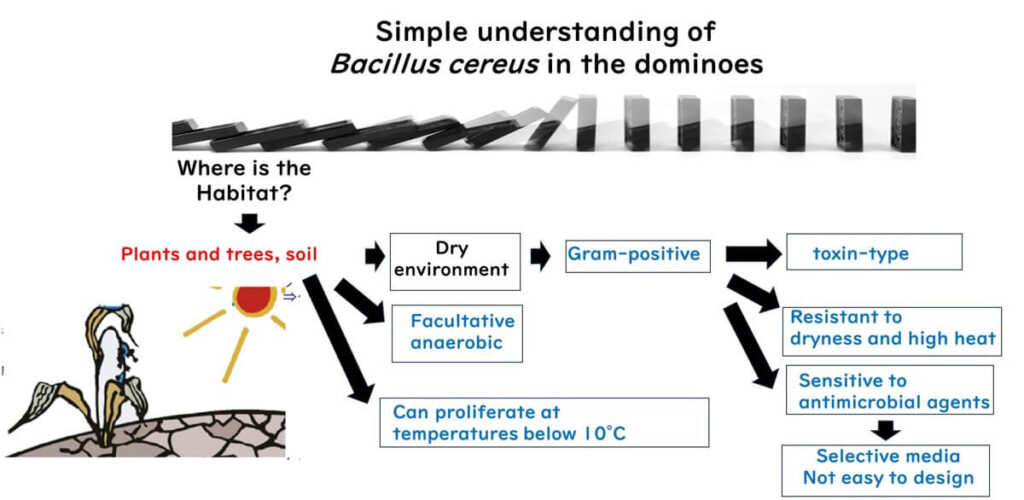
Key Characteristics of Bacillus cereus: Resilience and Spore Formation
Bacillus cereus is a heat-resistant spore-forming bacterium, setting it apart from many other foodborne pathogens. As a member of the Bacillus genus, this resilient microorganism has adapted to survive in extreme environmental conditions.
Microorganisms are commonly classified by their Gram stain reaction, a key indicator of their structural properties and resilience. Gram-negative bacteria, which are less resilient, thrive in moist environments where they can easily multiply.
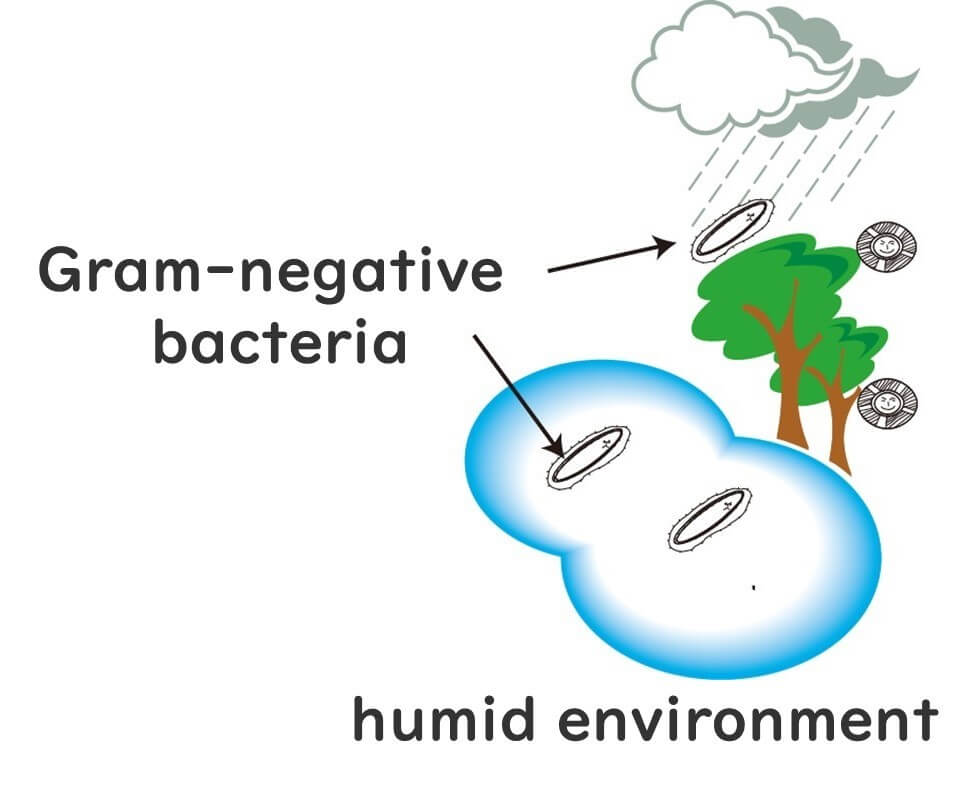
In drier conditions, Gram-negative bacteria struggle to survive, whereas Gram-positive bacteria excel. Their robust cell wall structure allows them to thrive in environments where Gram-negative bacteria cannot.

Under extreme conditions, such as desert-level dryness, even Gram-positive bacteria face challenges. This is where extremophiles like heat-resistant spore-forming bacteria, including Bacillus cereus, demonstrate their unparalleled survival skills
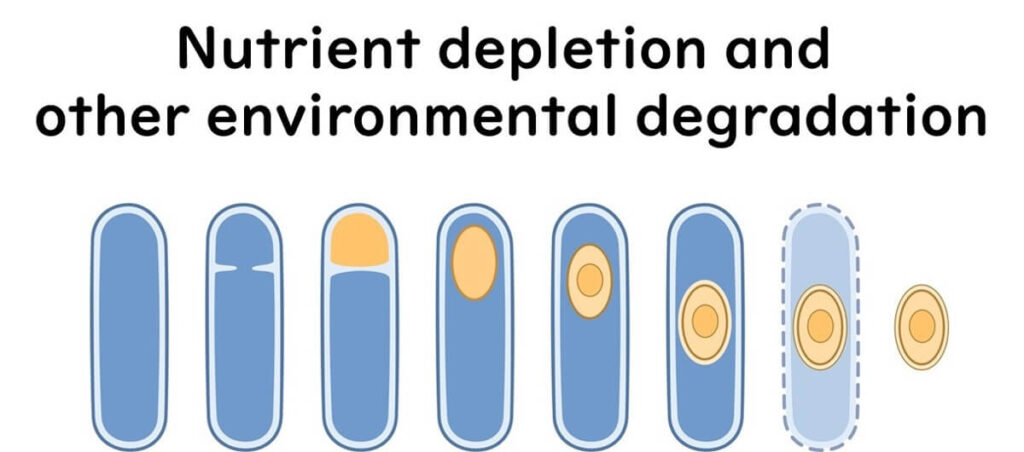
These bacteria are the ultimate survivalists, having evolved to withstand some of Earth's harshest environments, from extreme dryness to intense heat.
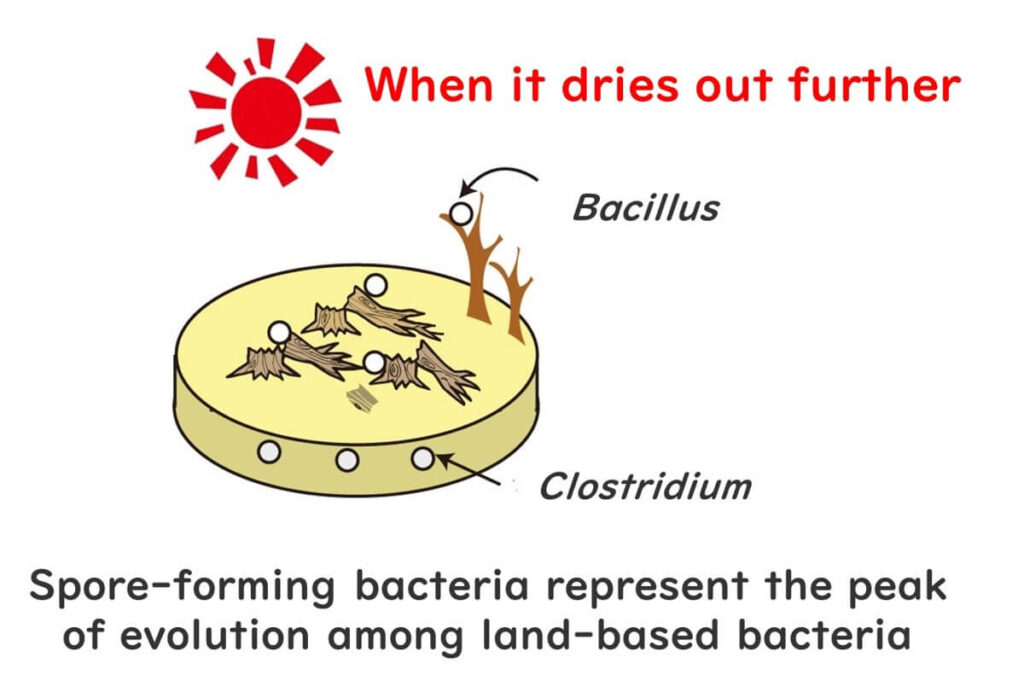
Heat-resistant spore-formers are categorized into two groups: aerobes, such as Bacillus cereus, and anaerobes, like Clostridium species. As a prominent member of the Bacillus genus, Bacillus cereus is a key foodborne pathogen under investigation here.
Food Poisoning Patterns of Bacillus cereus: Symptoms and Risk Foods
Bacillus cereus primarily exists in a spore state, germinating and proliferating under favorable conditions of nutrients and temperature. Its food poisoning manifests in two forms: vomiting and diarrhea.
Vomiting type: Typically linked to starchy foods like rice dishes, fried rice, pasta, and noodles. This form results from a toxin called cereulide accumulating in contaminated food, causing symptoms upon ingestion.
Diarrheal type: Commonly associated with processed meats, fish, sauces, soups, desserts, vegetables, and dairy products.
Note: Symptoms of Bacillus cereus food poisoning are typically mild, resulting in many cases going unreported. Vomiting-type symptoms appear rapidly, often within 1–5 hours of ingestion, and though not severe, they can cause significant nausea and repeated vomiting.
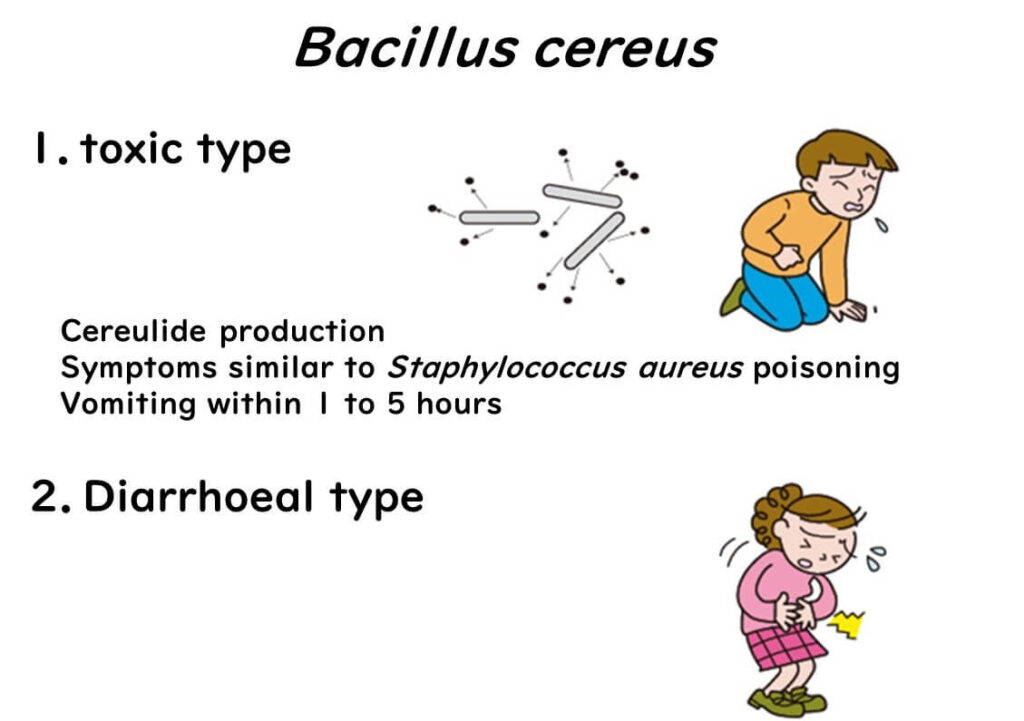
For instance, after dining at a restaurant, you might experience sudden nausea and feel unwell before reaching home. This could prompt a visit to a station restroom. Despite the discomfort, you might still have enough energy to reach home and continue your evening as usual, albeit feeling nauseous. By the next day, the symptoms typically subside, exemplifying the mild nature of vomiting-type Bacillus cereus food poisoning.
Bacillus cereus poses significant challenges to food hygiene due to its heat-resistant spores and toxin production, which are more difficult to manage compared to Gram-negative pathogens. While its symptoms are relatively mild and less frequent, the widespread presence of Bacillus cereus in nature makes complete elimination nearly impossible. Unlike E. coli or Salmonella, Bacillus cereus can survive in diverse environments, increasing the risk of food contamination across various products.
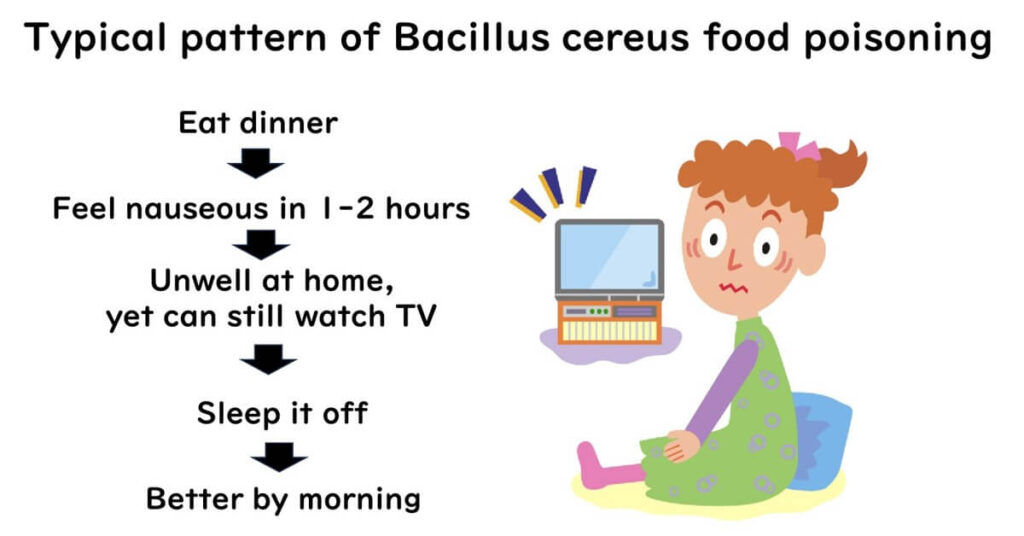
The Importance of Rapid Cooling to Prevent Bacillus cereus Poisoning
Preventing Bacillus cereus poisoning requires rapid cooling of heated foods, a practice also essential for managing other spore-forming bacteria like Clostridium perfringens. Rapid cooling inhibits the germination and proliferation of heat-resistant spores that may survive cooking.
Failure to cool boiled foods quickly creates a warm environment conducive to spore germination and bacterial growth, potentially leading to food poisoning. Once competing bacteria are eliminated during heating, Bacillus cereus can dominate, producing toxins like cereulide that contaminate the food.
Thus, rapid cooling is a critical control point in food safety management, essential for preventing the growth of heat-resistant spore-forming bacteria in cooked foods.


